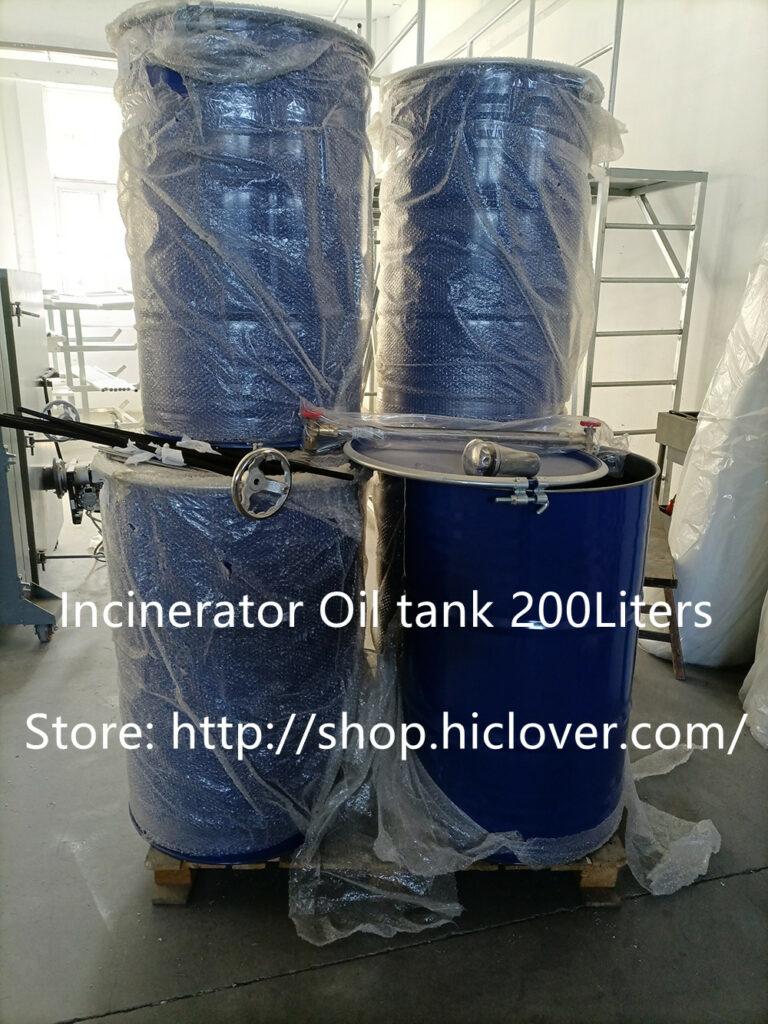Uganda’s traditional clay incinerators have been a common method of waste disposal for decades. These incinerators are used to burn organic waste, such as agricultural residue and household trash, with the aim of reducing the volume of waste and preventing the spread of diseases. However, these incinerators pose several unknown dangers that need to be addressed.
One of the most immediate dangers of clay incinerators is the release of toxic fumes. When organic waste is burned, it releases harmful gases such as carbon monoxide, sulfur dioxide, and nitrogen oxides. These gases can cause respiratory problems, stinging eyes, and headaches for those who are exposed. The toxic fumes can also contribute to air pollution, which poses a serious risk to public health.
In addition to the release of toxic fumes, clay incinerators also contribute to environmental pollution. The ash produced from the burning of organic waste contains heavy metals and other contaminants, which can leach into the soil and water sources, leading to contamination and long-term environmental damage. This pollution can harm crops, livestock, and aquatic ecosystems, and ultimately affect the health and livelihoods of communities.
Furthermore, the use of clay incinerators perpetuates the reliance on outdated and harmful waste management practices. Instead of promoting sustainable and environmentally friendly waste management solutions, such as recycling and composting, clay incinerators maintain the cycle of pollution and environmental degradation.
It is crucial for the government and local authorities in Uganda to address the dangers of clay incinerators and implement effective waste management strategies. This includes investing in infrastructure for proper waste disposal, promoting public awareness and education on sustainable waste management practices, and enforcing regulations to reduce the use of traditional incinerators.
In addition, communities and individuals can also play a role in reducing the reliance on clay incinerators by adopting alternative waste management methods. This includes separating and recycling waste, composting organic materials, and advocating for the use of modern and environmentally friendly incinerators that meet safety and environmental standards.
Ultimately, the unknown dangers of Uganda’s clay incinerators cannot be ignored. It is imperative for all stakeholders to work together to address these dangers and transition towards sustainable and safe waste management practices for the benefit of public health, the environment, and future generations.



